Eremurus flower - planting and care, varieties and varieties, wintering
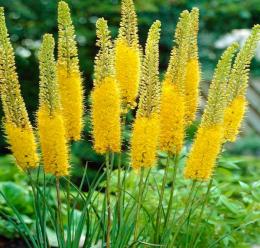
Fans of decorative floriculture and summer residents often want to decorate their plots with unusual, but at the same time unpretentious plants.
Eremurus is great for decorating any flower bed; this tall, bright plant can always please the eye with its flowering, and the fact that it is a perennial significantly reduces the amount of labor and effort required for annual replanting.
The Eremus flower, planting and caring for which is not so difficult, will become an original decoration of the garden and a source of your pride.
Content:
- Characteristics of culture
- Varieties of Eremurus and its varieties
- Growing from seeds
- Transplanting a crop into the ground
- Rules for proper care of perennials?
- Diseases and pests
- How to prepare for winter
Characteristics of culture
Eremurus is an unusual plant, its homeland is Central and Western Asia. Developed as a crop in the 19th century, it is now popular in European countries, the Russian Crimea, the Caucasus, Kazakhstan, and Western Siberia.
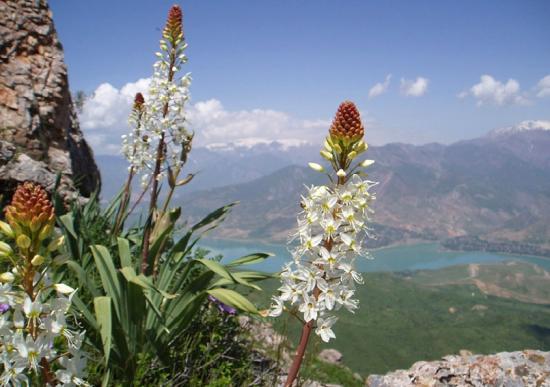
Known under other names: “shiryash”, “shrysh”, “Tsar’s crutch”, “Cleopatra’s needle”, “sparkler”.
It is a perennial of the genus Xanthorrhoeae family. lilies. Experts count more than 50 varieties. The name translates as “desert tail,” most likely due to the peculiar shape of the inflorescences. "Bengal fire" reaches a height of 130-140 cm, has a strong, durable, straight stem.
The leaves at the base form a basal rosette, and their shape varies depending on the varieties and can have an elongated, cone-shaped, cylindrical shape. Root system consists of a main rhizome and numerous branches, the rhizome looks like a starfish.
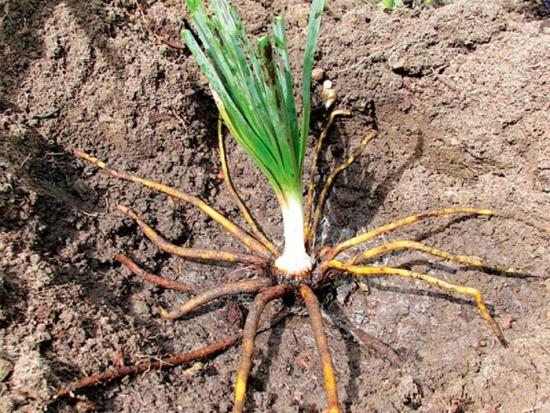
Flowers in the form of bells are arranged in a spiral on a long peduncle, from 100 to 150 cm high, and come in different colors: yellow, orange, brown, white, pink, brown. The seeds, after a short flowering, ripen in fleshy spherical capsules.
Varieties of Eremurus and its varieties
They are considered the most spectacular varieties for plant growers.
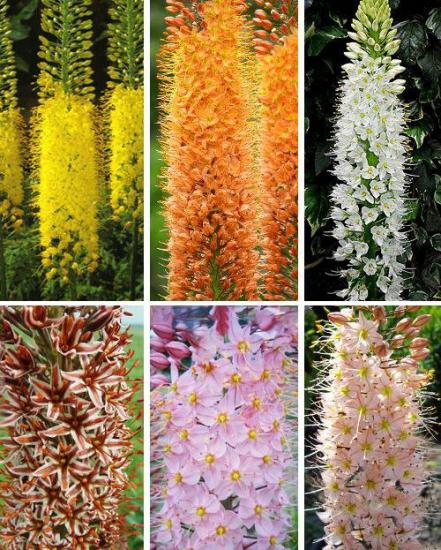
Achison
A species common in the mountainous parts and mixed forests of Afghanistan, the Pamirs, and Western Tien Shan. It is an early bloomer, the first flowers open in April, and the growing season is not long.
The rosette contains an average of 25 elongated green leaves. The peduncle reaches 120 cm, and an inflorescence in the shape of a brush is formed on it, the diameter of which is 15-16 cm. On such a bush, 150-280 buds appear during the growing season. The color of the inflorescence is usually white, pink and dark red.
Powerful
It grows on rocky slopes, has a developed rhizome and sparse leaves. The color of the bush is dark green, covered with a bluish coating on top. Height 100-120 cm, inflorescence on a straight strong stem, with 1000 pink, milky flowers, similar to bells.
Alberta
Mountain variety perennial. The height of the bush reaches 120 cm, the leaves are bare, straight, dark green. The inflorescence on a smooth stem grows up to 60 cm, has an interesting color: white corollas are surrounded by reddish brick perianths and stamens.
Olga
This species is distinguished by large flowers and a dense, lush inflorescence. The plant grows up to 150 cm and is white in color, with a slightly milky pink tint.
Cleopatra
A very bright “tail of the desert”, with thick, dense inflorescences of a fiery color. Bush height 110-120 cm.
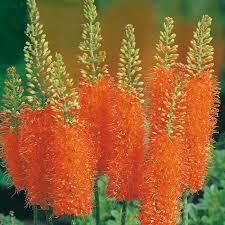
Himalayan
View with white flowers. It grows mainly in mountainous areas, reaching 130 cm in height.
Altaic
A bush with bright yellow inflorescences grows in Altai and is an excellent honey plant.
Bunge
A tall species, up to 170 cm in height, found in nature in Iran and Afghanistan. The narrow lanceolate foliage is covered with a bluish coating. The flower brush consists of 400-600 golden yellow flowers. Looks great as part of bouquets in cut form and in dried compositions.
Pinocchio
The variety that appeared in 1989 has a height of up to 150 cm. The color is dusty yellow, with bright red stamens.
Obelisk
It appeared quite a long time ago, in 1956, the species grows up to 150 cm, has an interesting color: white leaves and bright green centers.
Crimean
Often found on the Crimean peninsula, in Yalta. They are tall flowers with narrow green leaves and delicate white flowers.
Growing from seeds
In order to propagate “Cleopatra’s needle” by seeds, you need to wait from 4 to 7 years after planting the plant, since it has bloom comes on immediately. In August, the flower stalks are cut, laid out in a well-ventilated, shady place to ripen, and then the seeds are collected from them.
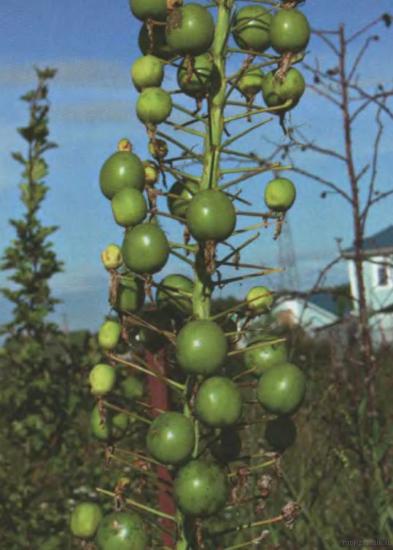
The best seed material is obtained from the lower part of the inflorescence. Therefore, they are often cut off by a third at the top.
It is best to sow shirash in the first months of autumn in two ways: directly into the flower garden or in small containers 20 cm deep:
- in the first method flower beds make shallow furrows of about 15 mm and sow seeds in them, lightly sprinkle with soil and water well;
- in the second method, planting material is distributed over the surface of the soil mixture of the pot, slightly deepening. Sprinkle a layer of soil on top and water. The first shoots appear for a very long time: from 30 to 360 days.
The ideal temperature for germination is 15 degrees. Seedlings need to be watered much more often than adult plants. Young sprouts can be picked up for transplantation at approximately the stage of formation of 3-4 leaves, they transplanted in separate pots until next winter.
During cold weather, they are often transplanted into containers and covered with a layer of leaves of 25-30 cm, and they are planted in a permanent place in the fall, when the young seedlings have finally grown stronger and gained strength. Growing and caring for Eremurus flowers obtained from seeds is not difficult, but requires clear actions from the gardener.
Transplanting a crop into the ground
See how a flower is planted Eremurus, and how to further organize his care can be found in numerous photos on the Internet. Young plants are planted in open ground in a permanent place in accordance with varietal characteristics.
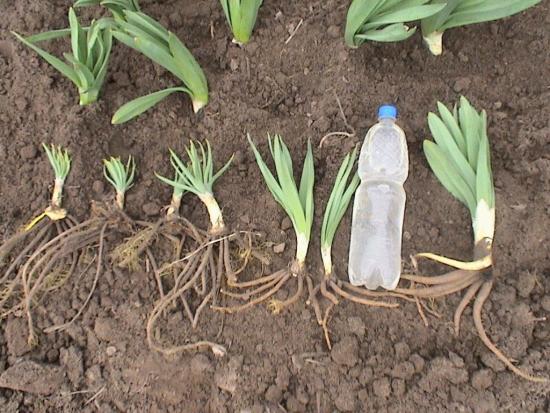
First of all, Himalayan, Yellow, Alberta, Achison, and Powerful require planting. Then – Revel, Red, Red.
The best time to move seedlings is September, at which time they will have time to take root, get stronger and be well prepared for the beginning of the growing season in the spring.
Initially, you need to prepare the planting site. "Shrysh" likes breathable, well-drained soil, and if your flower beds do not have such qualities, it is worth adding pebbles or crushed stone to the soil.
The place should be spacious, well lit, flowers in sunlight are much brighter and larger than their counterparts grown in a shaded area.If there are often strong winds in the area, make supports near the bushes. Tall “sparklers” are planted in the back of flower beds or inside flower beds.

A layer of nutrient soil mixture of about 45-50 cm is placed on the layer with large particles (drainage). The best soil for the growth and development of bushes it will be slightly alkaline and neutral. Its composition includes turf soil, humus, coarse river sand, wood ash and pebbles.
The soil mixture is well fertilized with rotted compost.
For each sprout, make a hole 30 cm deep, remove it very carefully seedlings without damaging the root system along with the lump of earth. Place the “Cleopatra’s needle” in the hole, carefully straighten the roots and fill the free space with soil so that there are no voids left.
You should try to maintain a distance of 45 cm between planting holes, and keep the row spacing within 60 cm, so that in the future the bushes do not shade each other and interfere with growth. Then water the transplanted plant abundantly.
How to properly care for perennials?
Planting and caring for the Eremurus flower requires compliance with some agrotechnical techniques when caring:
Watering is necessary frequently, but not too much. It is especially important during the dry period and during flowering. But during prolonged rains or after flowering, watering should be reduced.
The perennial responds gratefully to systematic feeding. In the fall, the best option would be to choose superphosphates. 35 g of the mixture is applied per 1 sq. m of soil. In the spring, before awakening, fertilizing with standard complex fertilizers for flowering “desert tails” is required at the rate of 60 g per 1 sq. m.
For abundant flowering in the bud setting phase, plant growers apply nitrogen fertilizers at the root.
Throughout the growing season, the soil around the bush is loosened and weeds are removed. This must be done with caution so as not to damage the rhizome.
Dried branches are cut off, yellow leaves and faded buds are removed.
Varieties that are not resistant to low temperatures are carefully protected from frost. This can be peat, spruce branches, foliage or manure in a wide layer of 15 cm. And in the first months of spring, the “insulation” is removed. Mulching helps protect the roots from frost. And to protect against rodents, wormwood branches are laid out around the bushes and secured to the ground from strong winds with stones.
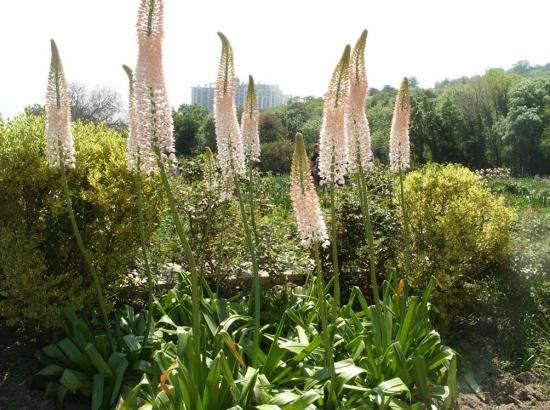
Diseases and pests
“Shrysh” is resistant to both diseases and pests, but sometimes suffers from aphids, thrips, mice, and moles. The most common diseases are rust, viral and fungal diseases, and chlorosis.
Fight with slugs the simplest one. Wood shavings, spruce needles, nettles, strong-smelling herbs, and special traps are laid out around the rhizomes.
They get rid of aphids using water sprays with the addition of special preparations.
Various folk methods using strong-smelling herbs, kerosene and proximity to plants that mice like and use poisoned baits work well against mice and other rodents.
WITH moles Numerous drugs that can be bought at any specialized store or made independently are combated; such mixtures affect the animals’ highly developed sense of smell and prevent them from entering the area. Instead of drugs, acoustic repellent methods are widely used.
Rust appears as brown spots on stems and leaves.The disease develops especially strongly in humid and warm weather, and if the “desert tail” is not treated in time, it may die. To get rid of rust, fungicides are used: Barrier, Fitospirin.
Pests often cause not only direct harm, but also indirect harm in the form of transmission of viral diseases. The presence of such a disease can be determined by the appearance of the foliage: it fades, becomes lumpy, uneven, and sometimes even changes shape.
There are no control measures yet; the main thing is to carry out prevention and deal with it in a timely manner. insects - pests.
Chlorosis causes yellowing and paleness of foliage. But the disease has a greater impact on the root system and, first of all, it is saved. To do this, the bush is dug up, inspected, and the damaged parts are surprised. Healthy rhizomes are dried, sprinkled with ash and planted again in the soil.
Caring for perennials after flowering and preparing for winter
By the end of July or August, the bush's seed pods ripen and all the foliage dries up. This means the onset of summer dormancy. This time is the most difficult to care for a perennial, as it becomes sensitive to waterlogging of the soil.
To preserve bushes, summer residents make high flower beds with good drainage, and this is often enough. But for some varieties, the best way to preserve them is to dig them up and dry them in a dry, dark room.
This should be done with caution, trying not to damage the rhizomes. Or they build shelters from the rain above it in the flower garden and cover the soil with film. This is a good solution, but such “gazebos” often look inappropriate and spoil the appearance of the flower garden.
Eremurus overwinter well without shelter and protection from frost, but they create more favorable conditions for heat-loving species. To do this, cover the soil with a thick layer of peat or manure for the winter. Rhizomes dug up in the summer should not be stored until spring, since when planted they immediately begin to grow and can die from the slightest frost.
It is better to cover with covering material or put spruce branches on top of the peat if the winters in the region are cold and snowless.

Eremurus – spectacular plants that go well with many colors and are suitable for decorating a summer cottage or garden; they look harmonious on alpine hills and lawns with annuals and perennials. Caring for desert flowers is not that difficult, and the result of your efforts will pay off with bright blooms that will add zest to any garden.
Look at the video of how to plant an Eremurus flower and how to organize its care:

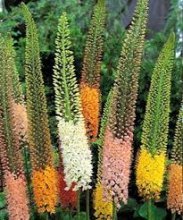

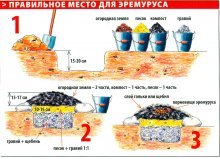

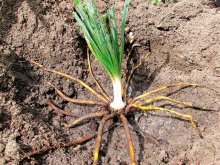
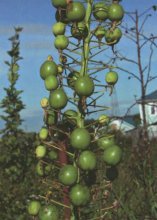
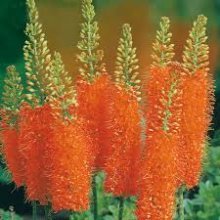
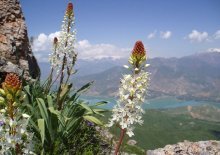
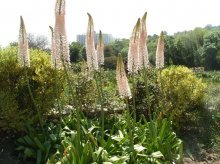

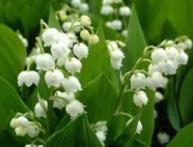
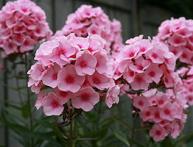

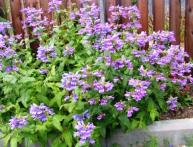
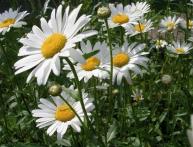
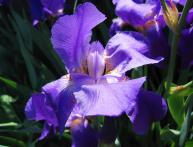
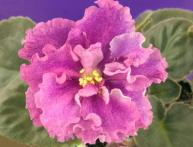
Comments
A very beautiful and rather unusual plant. Such flowers grow in a flowerbed not far from my house; I have never seen Eremurus anywhere else. These flowers are white, but the Cleopatra variety, the red flowers, are much more attractive. If next year I don’t find Cleopatra, then I’ll plant a white Eremurus in the flowerbed.